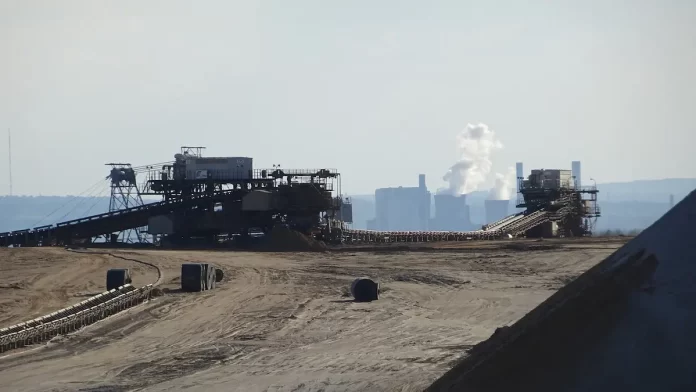India is a mineral-rich country with a vast array of resources buried beneath its diverse landscapes.
These mineral reserves have played a crucial role in driving economic growth and industrial development in the nation.
Minerals are classified into two main categories: major minerals and minor minerals.
In this article, we will explore the major and minor minerals found in India and their significance for the country’s economy.
Major Minerals in India
- Coal: India is one of the world’s largest producers of coal, with abundant reserves primarily located in the states of Jharkhand, Odisha, Chhattisgarh, and West Bengal. Coal is a vital energy resource and serves as the primary source of electricity generation and industrial fuel in the country.
- Iron Ore: India is endowed with significant iron ore reserves, mainly found in states like Odisha, Jharkhand, Chhattisgarh, Karnataka, and Goa. Iron ore is a crucial raw material for the steel industry, which is a key driver of India’s infrastructure and manufacturing sectors.
- Bauxite: Bauxite, an essential mineral for aluminum production, is primarily found in states like Odisha, Gujarat, Jharkhand, and Maharashtra. India is among the top five producers of bauxite globally.
- Manganese Ore: India is a major producer of manganese ore, with significant reserves located in states like Odisha, Madhya Pradesh, Karnataka, and Maharashtra. Manganese is used in steel production and other industrial applications.
- Copper: Copper reserves in India are primarily found in states like Rajasthan, Jharkhand, Madhya Pradesh, and Gujarat. Copper is used in electrical wires, electronics, and various industrial applications.
- Lead and Zinc: Lead and zinc reserves are found in states like Rajasthan, Andhra Pradesh, and Gujarat. These metals are vital for the manufacturing of batteries, alloys, and other industrial products.
- Natural Gas: India has significant natural gas reserves located offshore in the western and eastern regions. Natural gas is a critical source of energy and is utilized in power generation, industrial processes, and household consumption.
- Lignite: India has substantial reserves of lignite (brown coal), mainly found in Tamil Nadu, Gujarat, and Rajasthan. Lignite is used in power generation and various industrial processes.
Minor Minerals in India
- Sand: Sand is one of the most abundant minor minerals in India, utilized for construction purposes, including building roads, bridges, and housing.
- Gravel: Gravel is another essential minor mineral used in construction and road building.
- Stone Aggregates: Stone aggregates are essential for constructing roads, buildings, and infrastructure projects.
- Clay: Clay is used in the ceramics and pottery industries and as a raw material for manufacturing bricks.
- Limestone: Limestone is found in many parts of India and is used in cement production, iron and steel industries, and as a flux in metallurgical processes.
- Dolomite: Dolomite is used as a refractory material in steelmaking and in the construction industry.
- Quartzite: Quartzite is used in the manufacturing of silica bricks and as a raw material for glass and ceramic industries.
- Gypsum: Gypsum is used in the production of cement, fertilizers, and plaster of Paris.
Significance of Major and Minor Minerals in India
The abundance of major and minor minerals in India has significant implications for the nation’s economy and industrial growth.
These minerals are vital for various sectors and contribute to the country’s GDP. The mining industry provides direct and indirect employment opportunities, boosts export revenue, and fosters industrialization.
However, the extraction and utilization of these resources also come with environmental and social challenges.
Sustainable and responsible mining practices are crucial to ensure the conservation of natural resources, protect the environment, and benefit local communities.
Conclusion
India’s mineral wealth, encompassing both major and minor minerals, has been instrumental in driving economic growth and industrial development in the country.
From powering industries with coal and electricity to providing essential raw materials for steel and cement production, these minerals form the backbone of India’s infrastructure and manufacturing sectors.
It is imperative for the government and stakeholders to ensure sustainable mining practices and resource management to safeguard the environment and optimize the potential of these invaluable mineral resources for the nation’s benefit.
